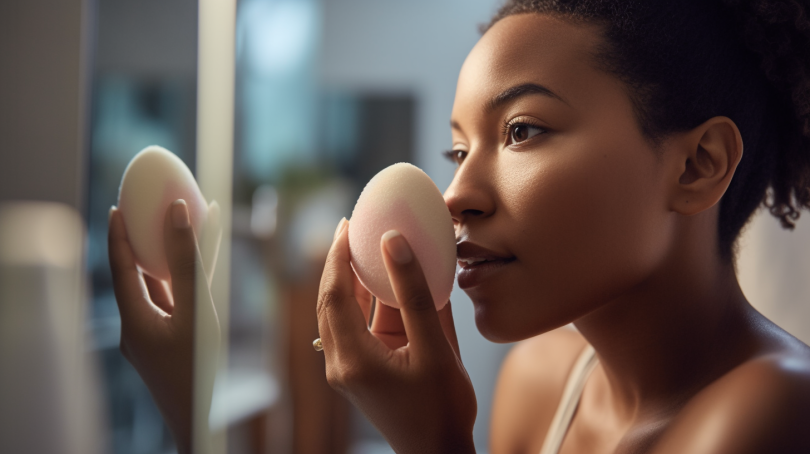Discover the Science Behind Hair Straighteners: A Beginner’s Guide to How They Work
Have you ever wondered how hair straighteners work? Whether you’re a professional stylist or someone who loves to style their hair at home, understanding the science behind hair straighteners can help you achieve the best results while minimizing damage to your hair. In this beginner’s guide, we’ll explore the inner workings of hair straighteners and provide practical tips on how to use them safely and effectively.
The Basics of Hair Straighteners
A hair straightener, also known as a flat iron, is a hairstyling tool that uses heat to transform curly, wavy, or frizzy hair into sleek and straight locks. It typically consists of two ceramic plates that clamp down on the hair shaft and release heat to break down the hydrogen bonds that give hair its natural shape.
The temperature of the plates can range from 180°C to 230°C (356°F to 446°F), depending on the type of hair being straightened. Thicker and coarser hair requires higher temperatures, while finer and more delicate hair should be styled at lower temperatures to avoid damage.
The Science Behind Hair Straighteners
As mentioned earlier, a hair straightener relies on heat to transform curly or wavy hair into straight locks. The heating plates are made of materials such as ceramic or tourmaline that produce negative ions when heated. These ions neutralize positive ions in the hair, reducing frizz and creating a smooth, shiny finish.
When the heated plates are clamped onto the hair shaft, they break down hydrogen bonds that hold its natural shape. These bonds reform when the hair cools down, resulting in straighter strands. However, excessive heat can also damage the cuticle layer of the hair and cause split ends or breakage. Therefore it’s crucial to use a high-quality flat iron with adjustable temperature settings that suit your hair type.
The Benefits and Challenges of Hair Straighteners
Using a hair straightener can provide numerous benefits, such as:
- Transforming curly or wavy hair into sleek and straight locks
- Reducing frizz and creating a smooth, shiny finish
- Providing versatility in hairstyling options
- Increasing confidence and self-esteem
However, there are also some challenges associated with using hair straighteners. These include:
- Possible damage to the hair if used improperly or at high temperatures
- Potential for burns or injury if not handled carefully
- The need to invest in high-quality tools that suit your hair type and styling needs
Tips for Using Hair Straighteners Safely and Effectively
To get the best results while minimizing damage to your hair, follow these tips:
- Cleanse and condition your hair before styling to remove any buildup or residue that could interfere with the straightening process.
- Briefly blow-dry your hair before using a flat iron to prevent moisture from getting trapped in the hair shaft.
- Use a heat protectant spray or serum to shield your hair from excessive heat and reduce damage.
- Select the appropriate temperature setting based on your hair type, thickness, and condition. Fine or damaged hair should be styled at lower temperatures than thick or coarse hair.
- Section your hair into small segments and clamp the flat iron onto each segment for no more than 5 seconds at a time. Avoid going over each section multiple times, as this can cause damage.
- Allow your hair to cool down before styling it further or exposing it to humidity.
- Use a finishing spray or serum to add shine and reduce frizz.
In Conclusion
Hair straighteners are a popular hairstyling tool that can transform curly or wavy hair into sleek and straight locks. They work by breaking down hydrogen bonds in the hair shaft using heat from ceramic plates. While using a flat iron can provide many benefits, it’s essential to use it safely and effectively to minimize damage to your hair. By following the tips outlined in this beginner’s guide, you can achieve the best results while keeping your hair healthy and beautiful.




